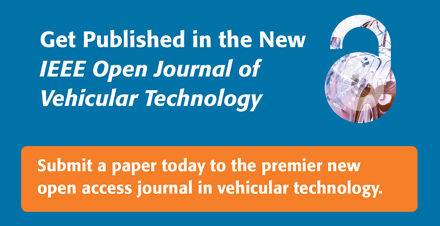|
In-vehicle sensing has become a great preference by monitoring the driverís health, emotion, attention, etc., which can offer rich information to the advanced driving assistant systems (ADAS) to respond accordingly and thus reduce injuries as much/early as possible.
There have been many significant developments in the past few years on in-vehicle sensing. The goal of this paper is to provide a comprehensive review of the motivation, applications, state-of-the-art developments, and possible future interests in this research area.
According to the application scenarios, we group the existing works into five categories, including occupancy detection, fatigue detection, distraction/inattention detection, driver authentication, and vital sign monitoring, review the fundamental techniques adopted, and present their limitations for further improvement.
Finally, we discuss several future trends for enhancing current capabilities and enabling new opportunities for in-vehicle sensing.
Full Article: IEEE Open Journal of Vehicular Technology, Early Access, 2022

|